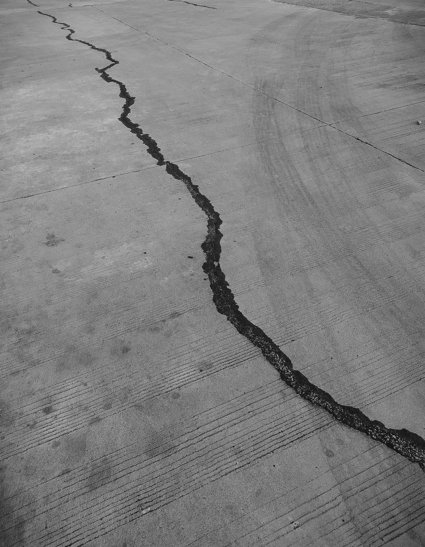
Follow up
As recent large scale natural hazards - such Tropical Storm Sandy in New York in 2012, the 2011 earthquake in Christchurch and Hurricane Katrina in New Orleans in 2005 - have shown, even cities in high income countries can struggle to cope with the impact of large scale natural hazards.
In 2011 51% of the world’s population lived in urban areas. Most of the world’s urban population and most of its largest cities are now found in low and middle income countries where an estimated 2.6 billion urban dwellers live. With the rapid increase in rural-urban migration in low and middle income countries, as well as population growth within the cities themselves, the proportion of the world’s population living in cities will continue to rise in the coming years and mega-cities will become an ever more common occurrence.
To what extent do you agree with the following statement: ‘With the rise in mega-cities, greater disasters are yet to come’.
In order to think fully about this statement you should consider:
-
Would greater disasters be due to an increase in the number and magnitude of hazardous events or an increase in the size and vulnerability of the population?
-
The socio-economic status of rural-urban migrants
-
The global position of growing mega-cities – coastal/inland, proximity to areas of tectonic activity, income status of the countries
-
Population density and quality of housing that exist within rapidly growing cities
-
The ability of city/national authorities to maintain infrastructure
-
The ability of city/national authorities to predict, prepare for and cope with hazardous events
